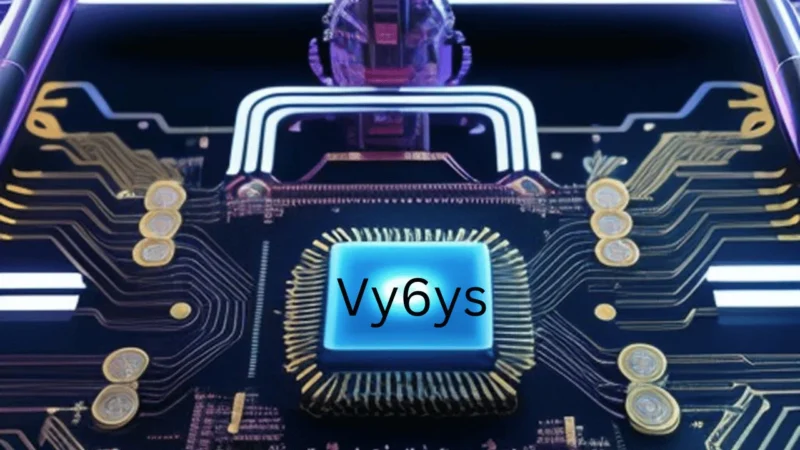3 Types of Technology that Modern Factories Rely On

Modern factory environments can trace their rich history back to the dawn of the Industrial Revolution. From the early days of mechanized factories, technology played a key role in keeping production volumes high and unit costs low. Early technology such as the spinning jenny in textile factories enabled the mass production of goods, heralding an era of consumer-focused capitalism that allowed all classes of society to buy a range of manufactured goods.
Today, modern factories are markedly different from their early counterparts. The use of advanced technologies such as robotics and cloud computing systems has allowed them to gain a level of efficiency that was not previously attainable. In this article, three specific types of factory technology will be discussed. These are widely used across the industry and help to support efficient production methodologies.
1. Predictive maintenance tech
Any factory machinery will be subject to wear and tear during its operation. Eventually, it will need to be serviced, maintained, or replaced. However, unexpected malfunctions caused by worn or damaged machinery can result in extended periods of production line downtime. This downtime can be incredibly expensive, and it is estimated that unplanned downtime can cost manufacturing industries as much as $50 billion per year.
This is where predictive maintenance technology comes in. Put simply, it is comprised of a range of sensors and computer equipment that continuously measures the condition of key pieces of factory equipment. It can accurately estimate when machinery will need to be serviced or replaced. This allows firms to plan for downtime, ideally when the working shift has finished, or there is a low demand for production. This can dramatically reduce the associated downtime costs and help ensure that replacement parts and componentry areavailable before the work takes place.
2. Cloud-based systems
In 2024, an increasing number of modern factories are using cloud-based IT services to run their operations. These can be designed to manage stock ordering, control logistics, and many other aspects of a modern organization. However, it is important to recognize that as the complexity of cloud-based systems increases, monitoring and managing them is necessary.
For cloud systems that run on the Kubernetes platform, using kubernetes ingress can be incredibly beneficial. This platform allows inward traffic to the cloud environment to be effectively managed. Traffic requests and volumes can be monitored to ensure that there is suitable capacity in the system for all applications to function effectively. In addition, protocols and rules can be created to manage traffic flows, which can be ideal when you need to scale and expand your cloud-based operations. In short, such IT services are vital in controlling the cloud-based infrastructure of many modern factory operations.
3. Automation technology and the move to dark factories
Finally, the trend in many factories is to increase automation. This can reduce the need for large groups of skilled and semi-skilled workers by replacing them with robotic devices (such as the robotic arms that are commonly seen on car production lines) and advanced forms of machinery. Some ultra-modern factories have taken this philosophy of automation to its logical conclusion, creating fully automated factories that require no human staff.
These are commonly known as dark factories, which often do not require heating or lighting. While the initial investment and setup costs for a dark factory are significantly higher than conventional operations, their fully automated production process means that they are seen as an increasingly attractive long-term business model for factories.






